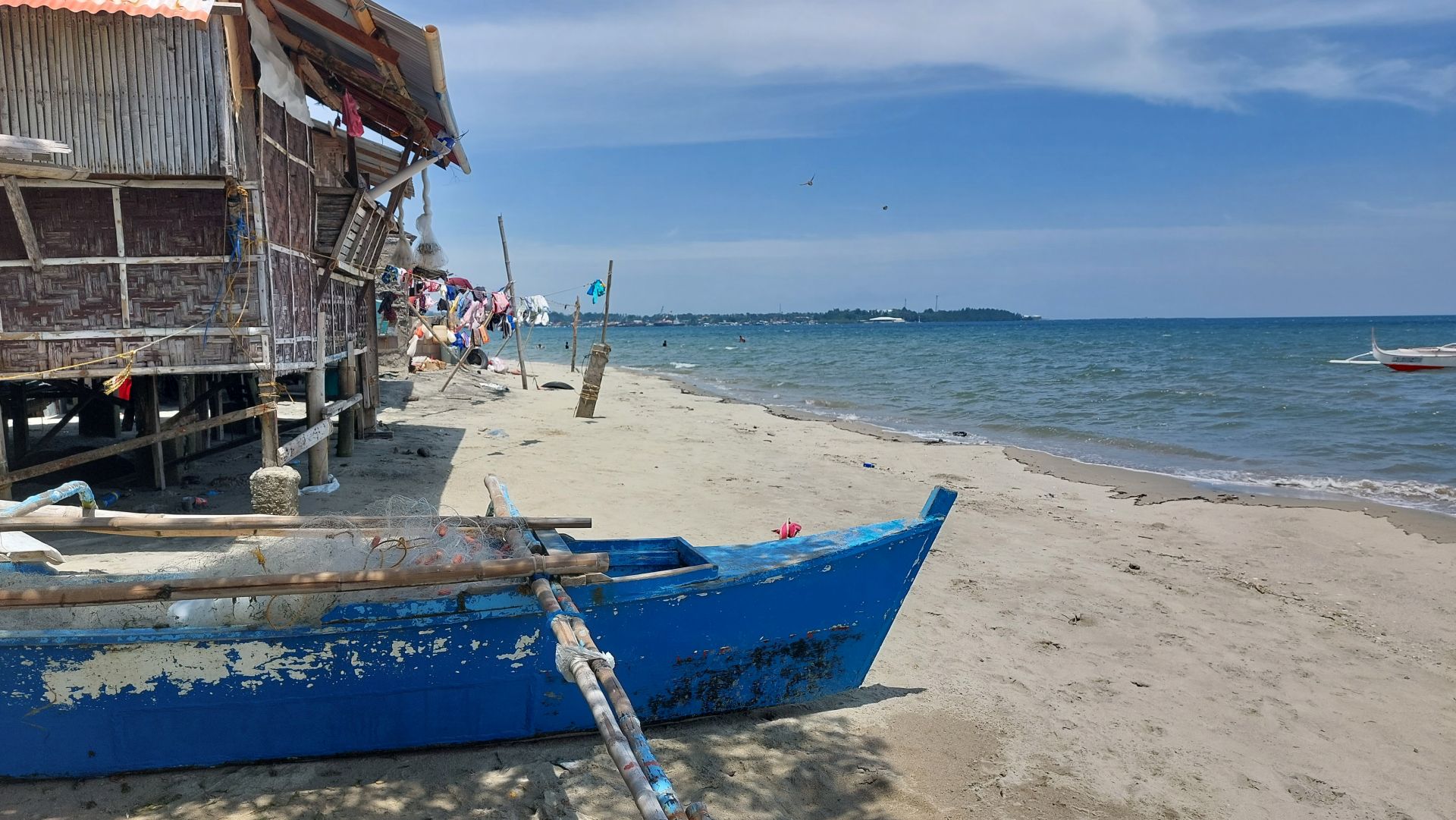Lorna’s KABKAB = KIPING from Barangay Cugman
Lorna is living with her sick hubby and her old parents (84 and 82 yrs. old) in a little house in our neighborhood in little forest settlement. She is the only one who is supporting her household by making KABKAB, here in Northern Mindanao called KIPING for Peso 5 each and selling them on orders or going by going from house to house and on Sundays before the church.
Lorna gives us a little demonstration how this wafers, crisps or crackers are made. In the end we heard many Hmmms and that crunching noise of eating kabkab or kiping.
Wikipedia says abaout KABKAB: Kabkab, also known as cassava cracker or cassava crisp, is a traditional Filipino disc-shaped wafer made from ground cassava. It originates from the southern Philippines, but is most closely associated with the cuisine of Mindanao and the southern Visayas Islands. Kabkab is the name of the dish in most of the southern Visayas. It is also known as salvaro in Cebu; kiping in Northern Mindanao, Camiguin, and Zamboanga del Norte; burikit in Dipolog City and Zamboanga del Sur; piking in Palawan; and sitsarit or saritsit in Davao City and Davao del Sur.
Kabkab is made from finely mashed cassava tubers with a little salt and sugar. It is slathered thinly on banana leaves and steamed until the cassava pulp becomes translucent and paste-like. It is then air-dried or sun-dried until it becomes crisp and rigid. It can be stored for long periods in this form, up to several months. Before consumption, kabkab must be deep-fried until it becomes golden in color. It is usually eaten as a dessert, with a swirl of latik (coconut caramel) on top; but it can also be eaten with savory dips and salsas.
VIDEO (7:25) by Philippine Magazine




